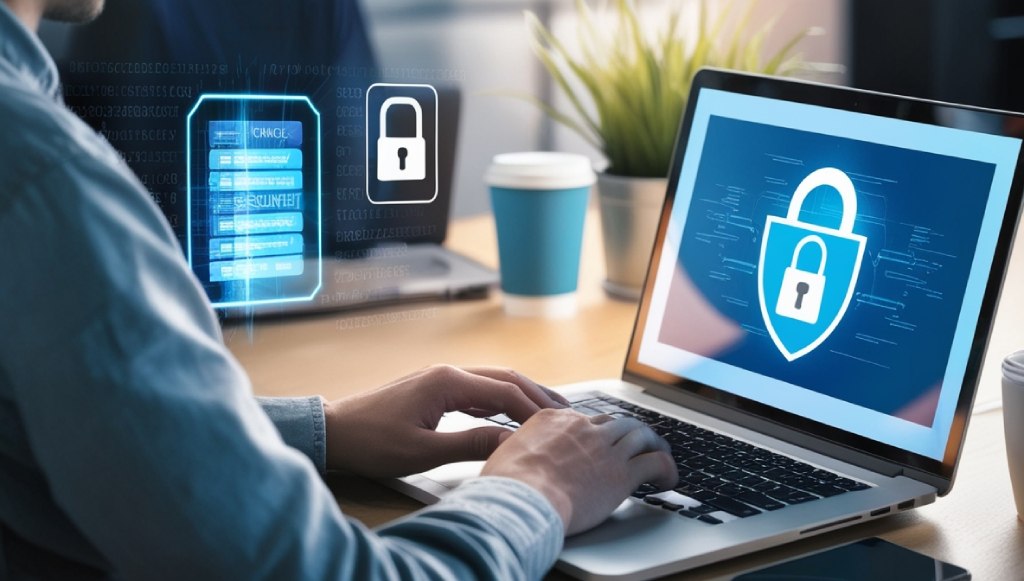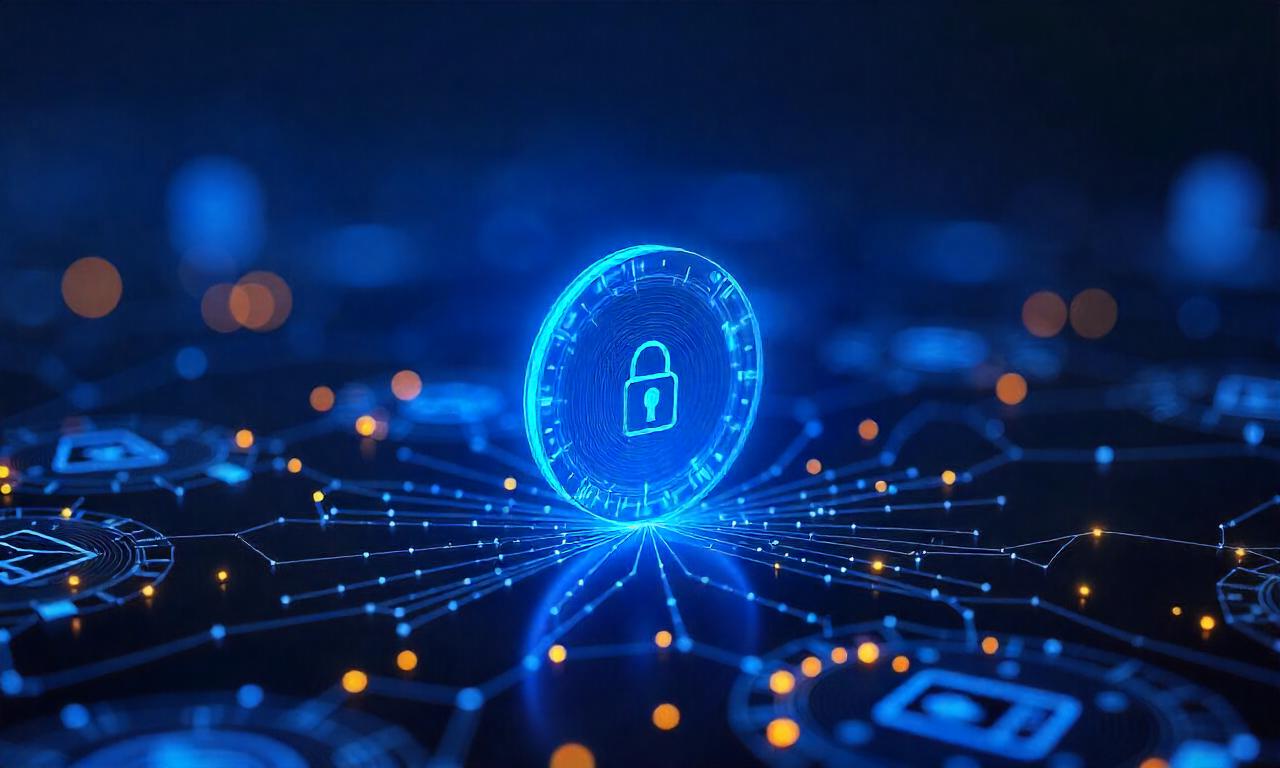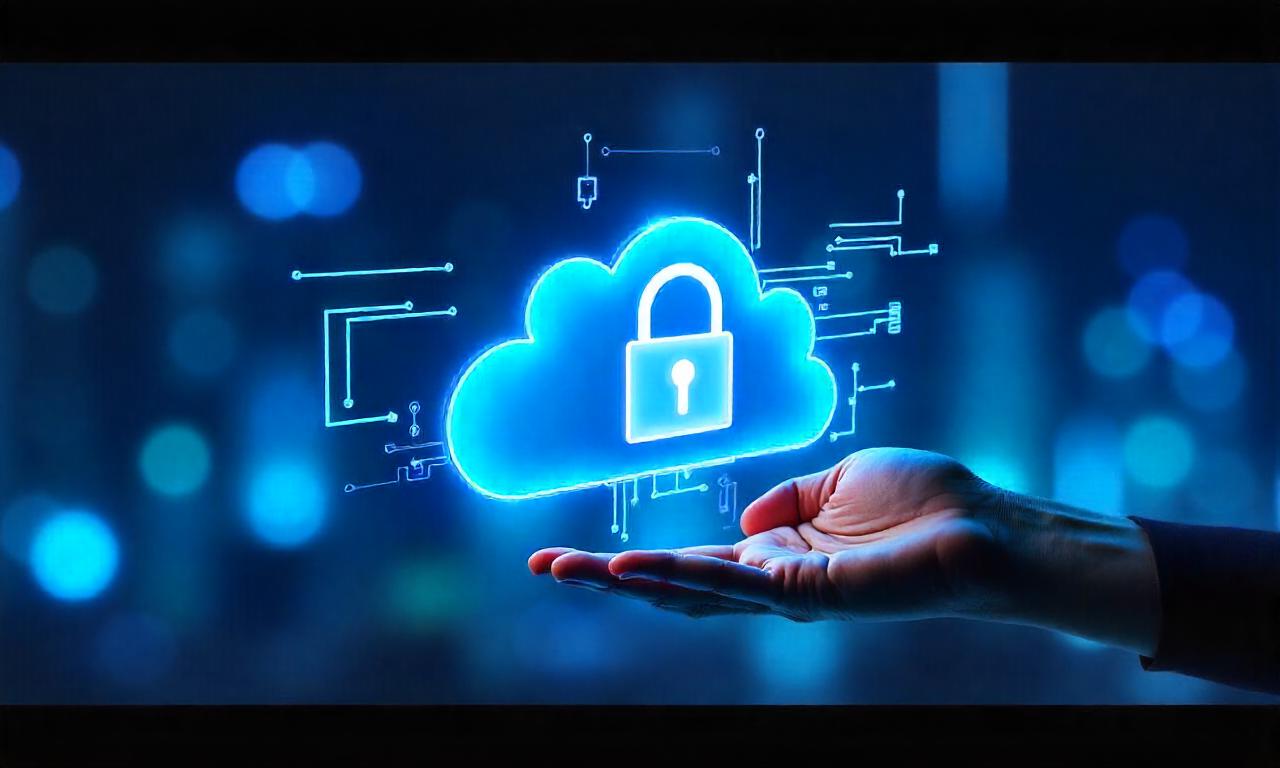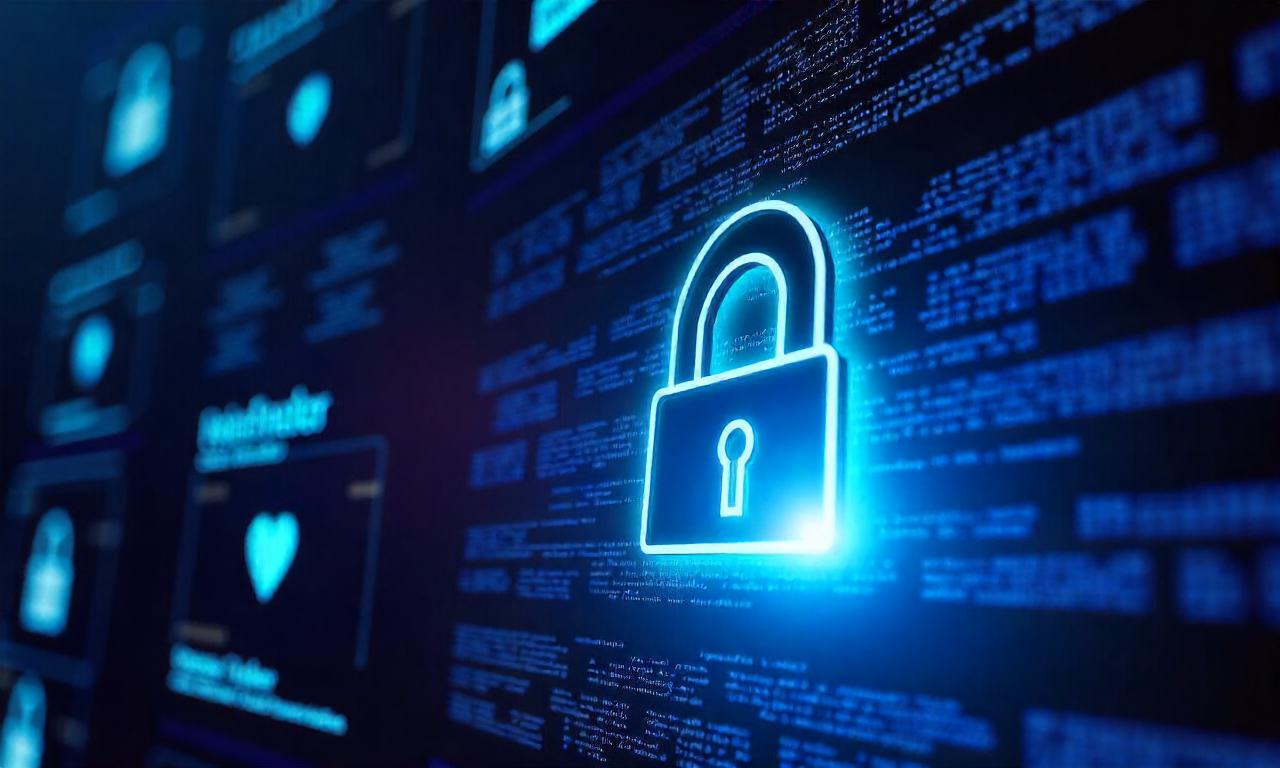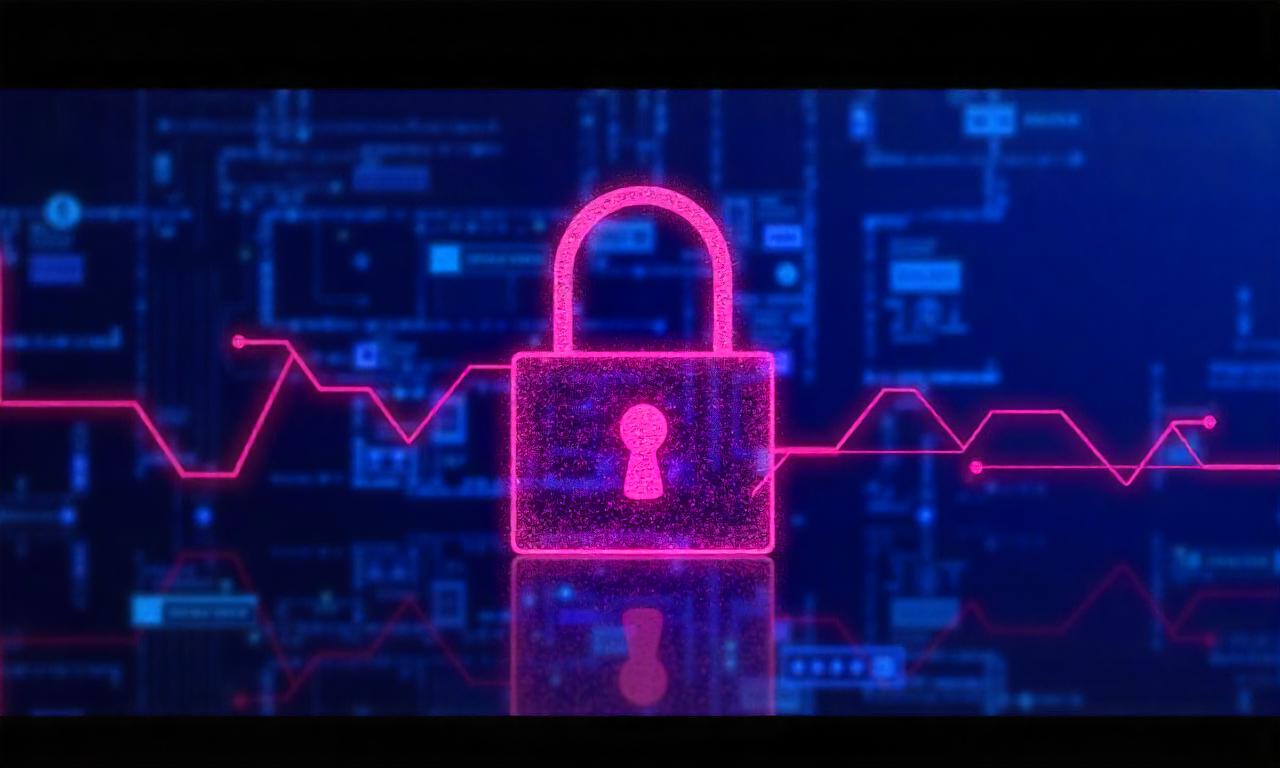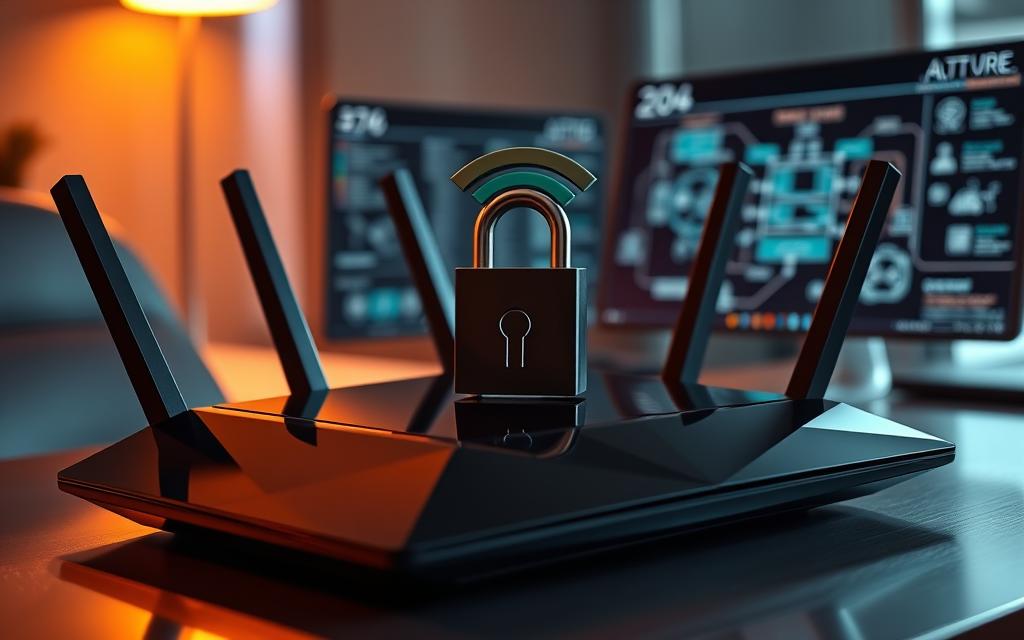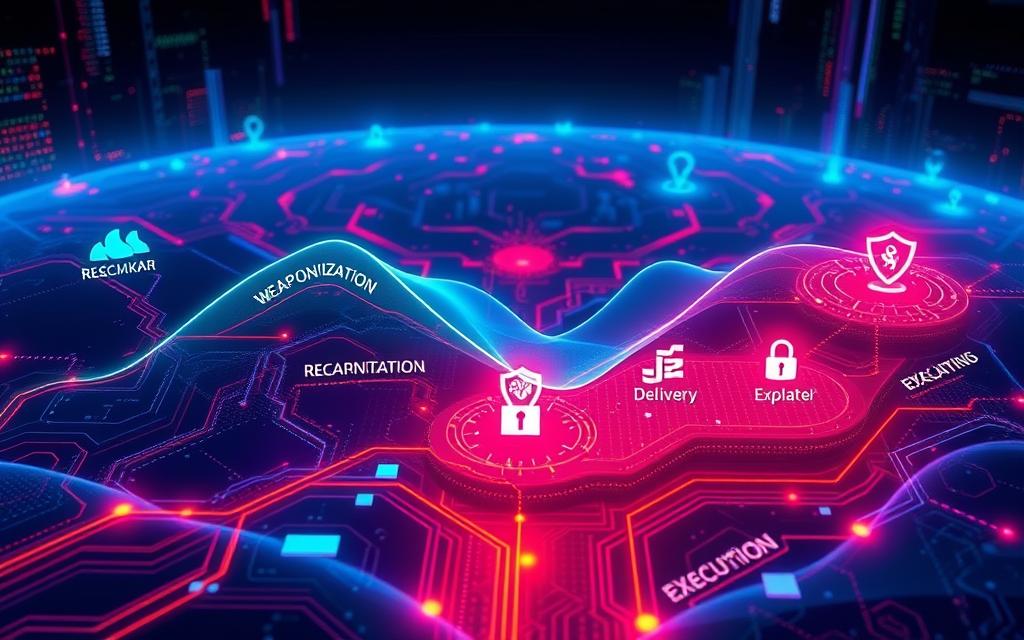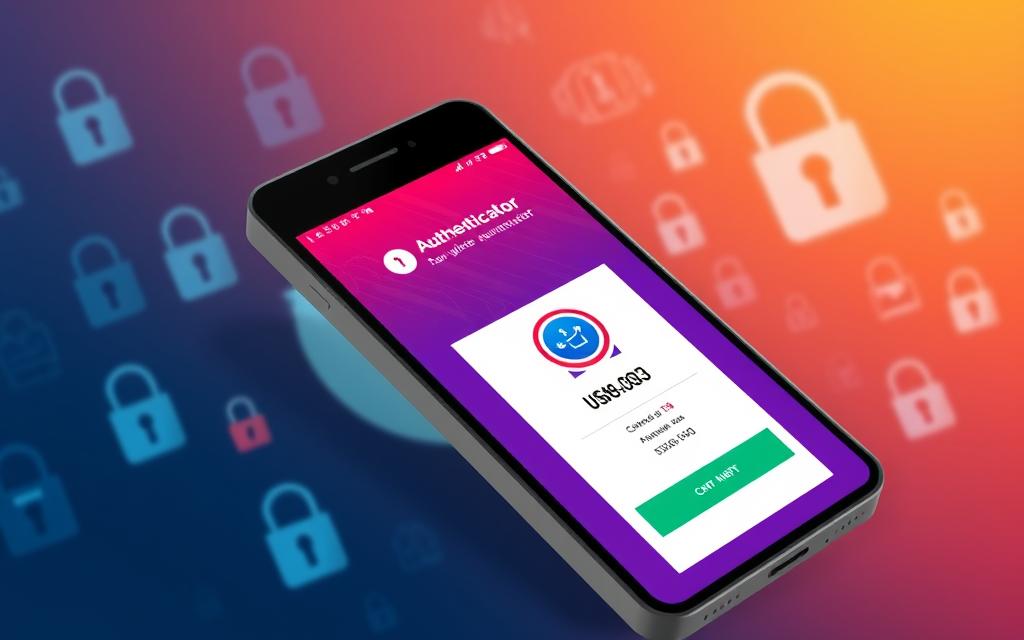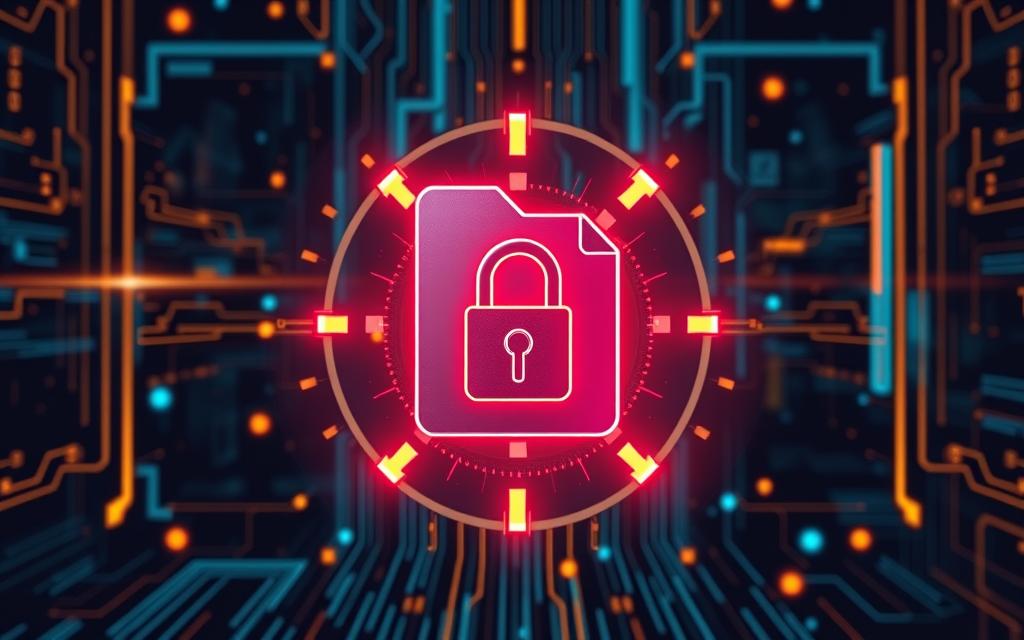cybersecarmor.com – What is cyber security? Learn how it protects your data, networks, and devices from cyber threats, and discover best practices for staying safe online.
In today’s fast-paced, digital world, staying secure online is more important than ever. From browsing social media to managing finances or work projects, everything happens on the internet—and that opens the door to potential cyber threats. As more of our personal and professional lives move online, understanding what is cyber security becomes essential.
The truth is, hackers are getting smarter, and cyberattacks are becoming more frequent and sophisticated. Whether it’s protecting sensitive personal information or ensuring the safety of large organizations, cyber security plays a vital role in keeping our digital lives safe and secure.
Table of Contents
ToggleWhat is Cyber Security?
At its core, cyber security refers to the practices, technologies, and processes that protect systems, networks, and data from attacks or unauthorized access. Think of it as your digital bodyguard—always on alert, defending your online presence.
Cyber security ensures that personal information stays private and helps prevent malicious attacks from interfering with day-to-day operations for businesses and individuals.
Why Cyber Security Matters
The importance of cyber security extends beyond just protecting devices. A single breach can have devastating effects. From personal identity theft to multimillion-dollar damages for companies, cyberattacks leave deep impacts.
This is why organizations invest heavily in cyber security measures. But even as individuals, we must understand and adopt online safety practices.
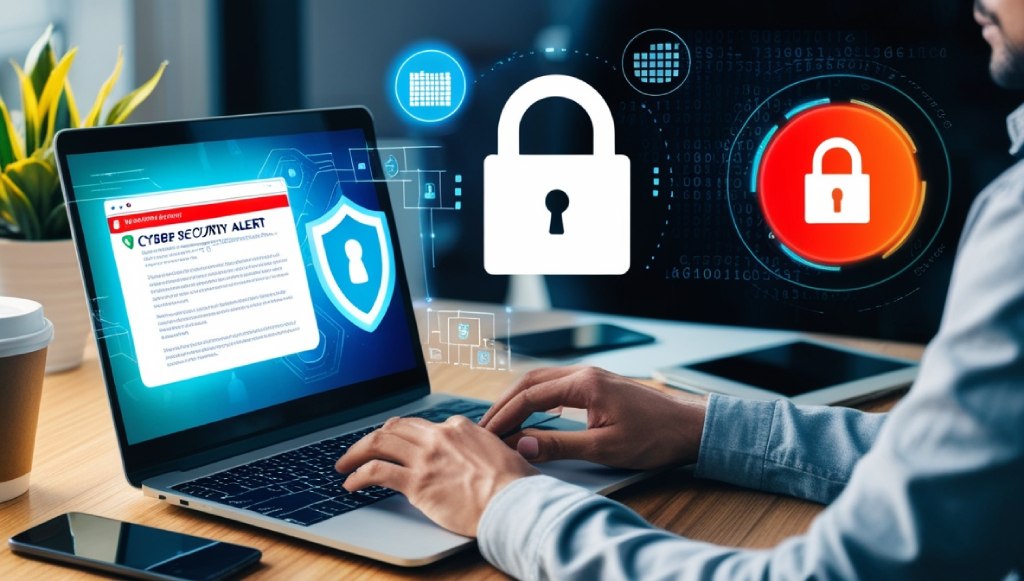
Types of Cyber Security
1. Network Security
Network security involves protecting the internal networks of businesses or personal setups from unauthorized access. It ensures that hackers can’t sneak into your Wi-Fi or office systems.
Firewalls, Virtual Private Networks (VPNs), and Intrusion Detection Systems (IDS) are common tools used to safeguard networks.
2. Information Security (InfoSec)
InfoSec is all about keeping sensitive data safe from prying eyes. This type of security ensures the confidentiality, integrity, and availability of information, whether it’s stored in databases or traveling through emails.
3. Application Security
Ever wondered if your favorite app is safe? Application security involves securing apps from hackers by identifying vulnerabilities during development and patching them. This is crucial to prevent attacks like code injection or malware spreading through apps.
4. Cloud Security
With data shifting to cloud platforms like Google Drive or Dropbox, cloud security focuses on protecting information stored in the cloud. Encryption and multi-factor authentication (MFA) are key components here.
5. Endpoint Security
This type of security protects devices that access a network, such as smartphones, laptops, and tablets. Endpoint security ensures that even remote devices are secure, preventing them from becoming entry points for attackers.
6. Identity and Access Management (IAM)
IAM systems ensure that only authorized individuals have access to certain resources. These systems manage user permissions and credentials to reduce the chances of data leaks.
Common Cyber Threats
1. Malware (Viruses, Ransomware, Spyware)
Malware is malicious software designed to damage or steal data. Ransomware locks your system until you pay a ransom, while spyware secretly collects your data.
2. Phishing Attacks
Phishing attacks involve scammers trying to trick people into sharing personal information, such as passwords or credit card numbers, often via fake emails or messages.
3. Distributed Denial of Service (DDoS) Attacks
A DDoS attack overwhelms a system with traffic, causing websites to crash. These attacks aim to disrupt services, often targeting major websites or services.
4. Man-in-the-Middle (MITM) Attacks
In an MITM attack, a hacker intercepts communication between two parties to steal information, such as login credentials or financial data.
5. Zero-Day Exploits
A zero-day exploit takes advantage of a software vulnerability before developers can patch it, leaving systems vulnerable.
How Cyber Security Works
Firewalls and Intrusion Detection Systems (IDS)
Firewalls act like security gates, blocking unauthorized traffic. Intrusion Detection Systems monitor network traffic for suspicious activity.
Encryption
Encryption scrambles data so only authorized users can access it. It ensures your data remains safe even if intercepted during transmission.
Multi-Factor Authentication (MFA)
MFA adds an extra layer of security by requiring users to verify their identity through multiple methods, such as a password and a phone code.
Security Information and Event Management (SIEM)
SIEM systems monitor systems in real-time and alert security teams of potential threats.
Importance of Cyber Security
In our interconnected world, cyber security is essential for individuals, businesses, and governments. Every time you use the internet—whether for banking, shopping, or communication—your data is at risk. With the rise of sophisticated attacks, cyber security is more critical than ever. Here’s a deeper look into why it matters.
1. Protecting Personal Data
Your personal information—such as passwords, credit card details, and social media accounts—has become a prime target for cybercriminals. Identity theft and financial fraud are common outcomes of personal data breaches.
- Identity theft: Hackers can steal your personal details and use them to open bank accounts or apply for loans in your name.
- Financial fraud: Attackers can access your credit cards or online wallets, leading to unauthorized transactions.
- Data leaks: Information shared online, such as photos or medical records, could be exposed if not properly protected.
With strong cyber security practices, individuals can prevent these risks and ensure their sensitive information remains private. Encryption, two-factor authentication, and antivirus software help shield personal data from hackers.
2. Business Continuity
For businesses, cyber security ensures smooth operations even in the face of attacks. Imagine a situation where an e-commerce platform gets hacked—customers wouldn’t be able to place orders, leading to lost revenue and reputational damage.
- Ransomware attacks can cripple businesses by locking their systems until a ransom is paid.
- DDoS attacks can bring down websites, making them inaccessible to users for hours or days.
Without effective security measures, businesses risk downtime, lost customers, and financial losses. Proactive cyber security strategies—like data backups, disaster recovery plans, and continuous monitoring—help companies maintain business continuity and quickly bounce back from attacks.
3. Compliance with Regulations
Governments worldwide enforce laws to ensure that businesses protect their users’ data. Failing to comply with these regulations can result in hefty fines and legal action. Examples of such regulations include:
- GDPR (General Data Protection Regulation): European law that mandates how companies handle personal data.
- HIPAA (Health Insurance Portability and Accountability Act): Protects medical information in the United States.
- PCI-DSS (Payment Card Industry Data Security Standard): Regulates companies handling credit card transactions.
Compliance goes beyond avoiding fines—it also builds trust with customers. When businesses demonstrate a commitment to protecting user data, customers are more likely to engage with them. Cyber security isn’t just about defense; it’s also a way to enhance brand reputation.
5. Protecting Intellectual Property (IP)
For companies involved in research, technology, and innovation, protecting intellectual property (IP) is vital. Cybercriminals or rival organizations may try to steal patents, proprietary software, or trade secrets.
- Data breaches at tech companies or universities conducting research could compromise years of work.
- Hackers may sell stolen IP to competitors, causing businesses to lose their competitive edge.
With strong cyber security measures in place, companies can protect their innovations and investments, maintaining their market leadership.
6. Preventing Financial Losses
Cyber attacks cost the global economy billions of dollars each year. Whether through ransom payments, lawsuits, regulatory fines, or lost business, the financial damage can be severe. Companies must spend heavily on recovery efforts after a breach, such as:
- Hiring experts to fix vulnerabilities and assess damage
- Notifying customers affected by breaches and offering credit monitoring services
- Public relations efforts to restore trust and repair brand reputation
Effective cyber security reduces these costs by preventing attacks before they happen. A good defense is always cheaper than repairing the damage after an attack.
7. Protecting Customer Trust
Trust is the foundation of any business-customer relationship. When customers feel their data is safe, they are more likely to engage with a brand and share personal information such as email addresses or payment details. However, a data breach can quickly erode that trust.
- Companies that experience breaches often face backlash on social media and in the news, driving customers away.
- Regaining trust after an incident can take years and requires significant investment in security and reputation management.
By implementing strong cyber security practices, businesses demonstrate that they take customer privacy seriously, which can give them a competitive advantage.
8. Supporting Innovation and Digital Transformation
In today’s business world, innovation often depends on technology. Companies are investing in digital transformation—moving their operations online, automating processes, and using data to make decisions. However, without the right security measures, this innovation can become a vulnerability.
- Cloud adoption increases exposure to cyber threats if not properly managed.
- Internet of Things (IoT) devices, like smart thermostats and wearables, can create entry points for hackers.
Cyber security ensures that businesses can innovate safely without compromising sensitive information. It allows companies to experiment with new technologies confidently, knowing they are protected against potential risks.
9. Preventing Cyber Bullying and Online Harassment
In addition to financial or operational threats, cyber security is essential to protect individuals from online harassment and bullying. Personal information leaks or hacked accounts can expose people to:
- Cyberbullying on social media
- Catfishing or identity impersonation
- Doxxing (publishing private information)
By promoting cyber security awareness and encouraging people to protect their online accounts, we can reduce the risk of these harmful behaviors and create a safer digital environment for everyone.
10. Promoting a Culture of Security Awareness
One of the most overlooked aspects of cyber security is the importance of awareness. Many attacks succeed because people unknowingly click on phishing links or use weak passwords. By fostering a culture of cyber security awareness, both individuals and organizations can reduce their exposure to threats.
- Employee training programs teach staff how to recognize and report phishing attempts.
- Public awareness campaigns encourage safe online practices, such as using strong passwords and avoiding suspicious links.
Cyber security is not just the responsibility of IT teams—it’s a collective effort. When everyone understands the importance of security, the digital world becomes a safer place.
Best Practices for Cyber Security
Protecting yourself and your organization from cyber threats requires more than just installing antivirus software. Cybersecurity is an ongoing effort that demands proactive measures.
Let’s dive deep into the best practices you can follow to minimize risks and safeguard your digital presence.
1. Regular Software Updates and Patch Management
Hackers often exploit vulnerabilities in outdated software, making it crucial to keep all programs, operating systems, and applications up to date. Developers release patches to fix security holes as soon as they’re discovered, and failing to update leaves you exposed to cyberattacks.
- Automatic Updates: Enable automatic updates on devices and applications whenever possible.
- Patch Management: For businesses, tracking and applying patches on all devices through a centralized patch management system ensures nothing is overlooked.
- Zero-Day Attacks: Prompt updates help defend against zero-day vulnerabilities that hackers exploit before a patch is available.
By staying on top of updates, you can block cybercriminals from accessing your systems through known vulnerabilities.
2. Use Strong Passwords and Password Managers
Weak passwords are an open invitation for hackers to access your accounts. Avoid common passwords like “123456” or “password” and aim for complex, unique combinations for every account. But let’s be real—remembering multiple strong passwords isn’t easy, which is where password managers come in.
- Use Long Passwords: Choose passwords that are at least 12-16 characters long.
- Mix Characters: Include upper- and lowercase letters, numbers, and special characters.
- Password Managers: Tools like LastPass or Bitwarden store and generate secure passwords, reducing the temptation to reuse the same password across multiple sites.
- Avoid Personal Info: Don’t use birthdays, names, or other personal details that can be guessed easily.
Strong passwords are your first line of defense against unauthorized access, and password managers make managing them a breeze.
3. Enable Multi-Factor Authentication (MFA)
Even if someone manages to steal your password, multi-factor authentication (MFA) adds an extra layer of protection. MFA requires users to provide two or more verification methods, such as a password and a code sent to their phone.
- Two-Factor Authentication (2FA): Many websites offer 2FA through SMS codes, authenticator apps, or biometric verification (like fingerprints).
- Authenticator Apps: Tools like Google Authenticator generate time-sensitive codes that add another layer of security.
- Biometrics: Face recognition or fingerprint scanning provides added protection for smartphones and apps.
With MFA in place, even compromised passwords aren’t enough for hackers to gain access.
4. Train Employees and Promote Cyber Security Awareness
Many cyberattacks succeed because of human error. Phishing scams, where attackers trick people into sharing sensitive information, remain one of the most common attack vectors. Training employees and users to recognize these threats is essential.
- Phishing Awareness: Train users to identify suspicious emails and avoid clicking on unknown links.
- Simulated Attacks: Conduct phishing simulations to test how employees respond and reinforce learning.
- Cyber Security Policies: Establish clear policies for device usage, email handling, and software installation.
- Regular Refresher Training: Cyber threats evolve quickly, so regular training sessions are crucial to keeping everyone updated.
Building a culture of cyber security awareness makes every employee a part of your security strategy.
5. Backup Data Regularly and Implement a Recovery Plan
Data loss can occur through ransomware attacks, hardware failure, or human error. Regular data backups ensure that you can recover your information in case of an incident. However, it’s not just about backing up data—it’s about having a well-thought-out recovery plan in place.
- Use the 3-2-1 Backup Rule: Keep three copies of your data—two local copies on different devices and one off-site (cloud storage).
- Automate Backups: Set up automated backups to ensure data is consistently saved without relying on manual processes.
- Test Your Recovery Plan: Perform regular tests to ensure that data can be restored quickly and efficiently.
- Isolate Backups: Store backups separately from the main network to prevent them from being affected by malware or ransomware.
A robust backup and recovery strategy minimizes downtime and prevents data loss.
6. Secure Your Wi-Fi and Use VPNs
Unsecured Wi-Fi networks can be a gateway for attackers to access your systems. Protecting your network with strong security measures ensures that only authorized users can connect.
- Change Default Router Passwords: Many routers come with default login credentials, which hackers can easily guess. Change these immediately.
- Use WPA3 Encryption: Ensure your Wi-Fi network uses the latest encryption standard (WPA3) for enhanced security.
- Hide Your Network (SSID): Make your network name (SSID) hidden to reduce visibility to outsiders.
- VPNs for Remote Access: Use Virtual Private Networks (VPNs) to encrypt your internet traffic and protect data when accessing public Wi-Fi.
VPNs are particularly important for remote workers, ensuring their connection to company networks remains secure.
7. Implement Endpoint Security and Device Management
With employees working remotely or using personal devices for work, endpoint security has become critical. Each device connected to a network can serve as a potential entry point for hackers.
- Install Antivirus Software: Use reputable antivirus programs to detect and remove malware.
- Endpoint Detection and Response (EDR): EDR tools monitor devices in real-time for suspicious activities.
- Mobile Device Management (MDM): For businesses, MDM solutions allow control over company data on personal devices and enable remote wiping in case of theft.
- Limit Device Permissions: Ensure devices only have the access they need to perform their roles.
By managing and securing every device, you reduce the risks associated with remote work.
8. Monitor Networks with Security Tools
Proactive monitoring ensures you detect threats early before they escalate into serious problems. Security tools help organizations stay one step ahead of cybercriminals.
- Firewalls: Firewalls filter incoming and outgoing traffic to block suspicious activity.
- Intrusion Detection Systems (IDS): IDS tools alert administrators to potential intrusions.
- SIEM Tools: Security Information and Event Management (SIEM) systems provide real-time monitoring, logging, and analysis of security events.
- Network Segmentation: Segmenting networks limits the spread of attacks by isolating different systems.
Continuous monitoring ensures threats are detected and mitigated quickly.
9. Manage User Access with the Principle of Least Privilege
The principle of least privilege dictates that users should only have the access necessary to perform their jobs. This approach minimizes the risk of unauthorized access and limits the impact of potential breaches.
- Role-Based Access Control (RBAC): Assign permissions based on roles within the organization.
- Regular Access Reviews: Periodically review access permissions to ensure they remain appropriate.
- Disable Unused Accounts: Immediately disable accounts of former employees to prevent unauthorized access.
Controlling user access reduces the chances of internal threats and data leaks.
10. Stay Informed and Adapt to New Threats
Cyber threats evolve rapidly, and staying ahead requires continuous learning and adaptation.
- Subscribe to Security News: Follow cybersecurity blogs, newsletters, or industry updates to stay informed about new threats.
- Participate in Conferences: Attend cybersecurity conferences and webinars to learn from experts.
- Join Cybersecurity Communities: Engaging with online forums and communities helps you exchange knowledge with professionals.
Staying updated allows you to adapt your security practices to emerging threats and technologies.
Challenges in Cyber Security
Sophistication of Cyber Attacks
Hackers are becoming more creative, making it difficult to detect and prevent attacks.
Shortage of Cyber Security Professionals
There’s a growing demand for cyber security experts, leading to a shortage of skilled professionals.
Balancing Security and Usability
Security measures can sometimes hinder user experience, so finding the right balance is crucial.
Future Trends in Cyber Security
Artificial Intelligence (AI) and Machine Learning
AI tools are being used to detect threats automatically, making cyber security more efficient.
Zero Trust Security Models
The zero-trust model operates on the principle of “trust no one, verify everything.”
Blockchain for Cyber Security
Blockchain technology can secure transactions and reduce fraud by decentralizing data.
Conclusion
Cyber security is not just a buzzword—it’s an essential part of our daily lives. Whether you’re protecting personal information or ensuring smooth business operations, cyber security is the foundation of digital safety.
By following best practices and staying informed about the latest threats, individuals and organizations can effectively reduce their risk.
Stay vigilant, stay secure!

